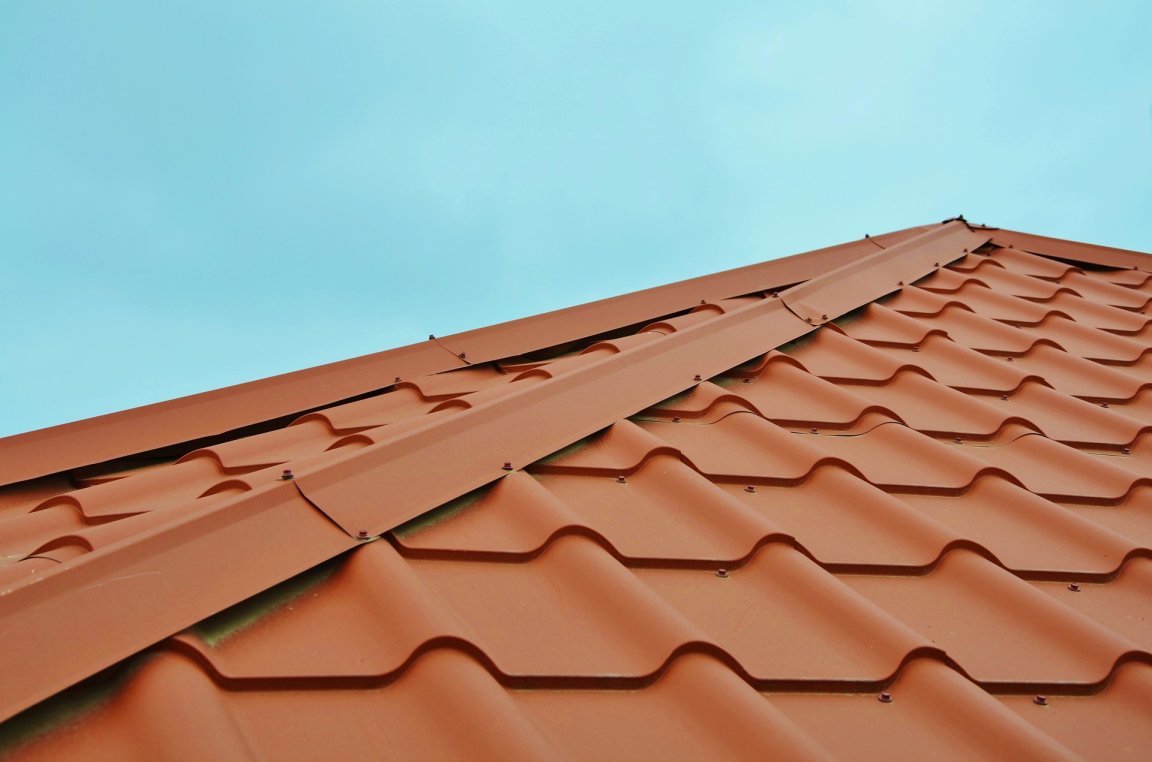
Paint on the Cool
SolCold, a company based in Herzliya, Israel, has developed a novel way of cooling buildings that uses absolutely no electricity. The innovation comes in the form of a coating that can be painted on buildings’ roofs, which is then activated by the sun. According to co-founder Yaron Shenhav, “It’s like putting a layer of ice on your rooftop which is thicker when there is more sun.”
The product works by taking principles of laser cooling and applying them to the sun’s spectrum. “Heat from a building could be absorbed and re-emitted as light,” Shenhav says. “As long as the sun is shining on it, it would be continuously cooled.”
SolCold’s tech isn’t the only recent example of using paint to cool urban centers: the city of Los Angeles’s has made efforts to paint roads white in order to help cool the area as relentless record-high temperatures continue to soar. In Australia, researchers from the Royal Melbourne Institute of Technology have developed a paint that can generate hydrogen fuel from moist air and sunlight.

Space Conditioning
SolCold’s paint differs from the white cooling paint used by applications such as what’s been doing in Los Angeles; this paint can actively cool, rather than just reducing the heat absorbed by roads and buildings. Simulations show the top floors of buildings coated with the pain cooled by up to 10°C, compared to buildings without the coating. The benefits of cooling entire buildings this way would, ideally, trickle down— meaning those spaces would be able to install smaller air conditioning units, allowing them to save money on energy costs and reduce overall emissions.
Off world, the paint also has the potential to be used on space equipment, where it could ward off heating caused by the lack of air in space, as well as to disperse heat away from objects. Right now, reflective fabrics and heat exchangers do the job, but the coating could be an easy, practical solution for future space equipment. With space exploration heating up, it could further help cut costs — making spaceflight even more accessible.